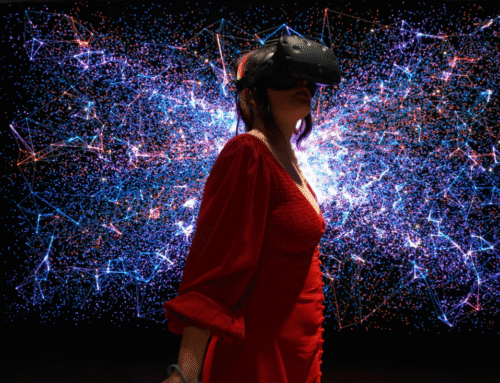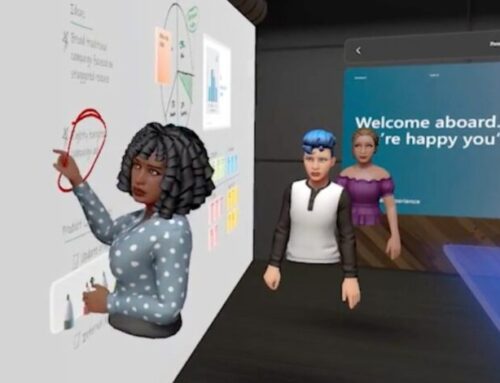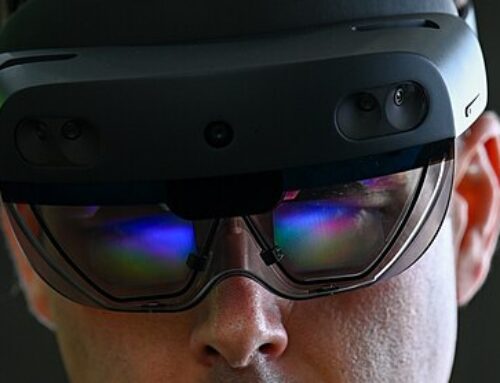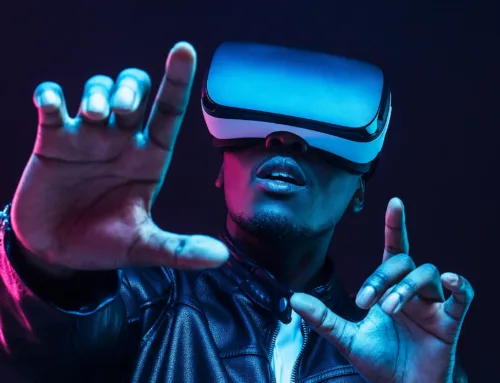The future of Mixed Reality
The future of Mixed Reality
Microsoft unveiled the next generation Hololens at the Mobile World Congress, but no release date was shared. At the Artificial Intelligence Conference in Shanghai, Microsoft executive vice president Harry Shum shared: “the second generation, mixed-reality device will finally be released sometime this September with a $3,500 price tag”. Another Microsoft spokesman said, “the shipping of the Hololens 2 will start later this year and now official date for general availability hasn’t been announced yet.” Either way, the HoloLens 2 will be the second standalone AR headset of Microsoft and the newly revealed specs looks promising! This blog item will explain the new capabilities of the Hololens 2 and gives an answer on the question “is the Hololens 2 the future of Mixed Reality”.
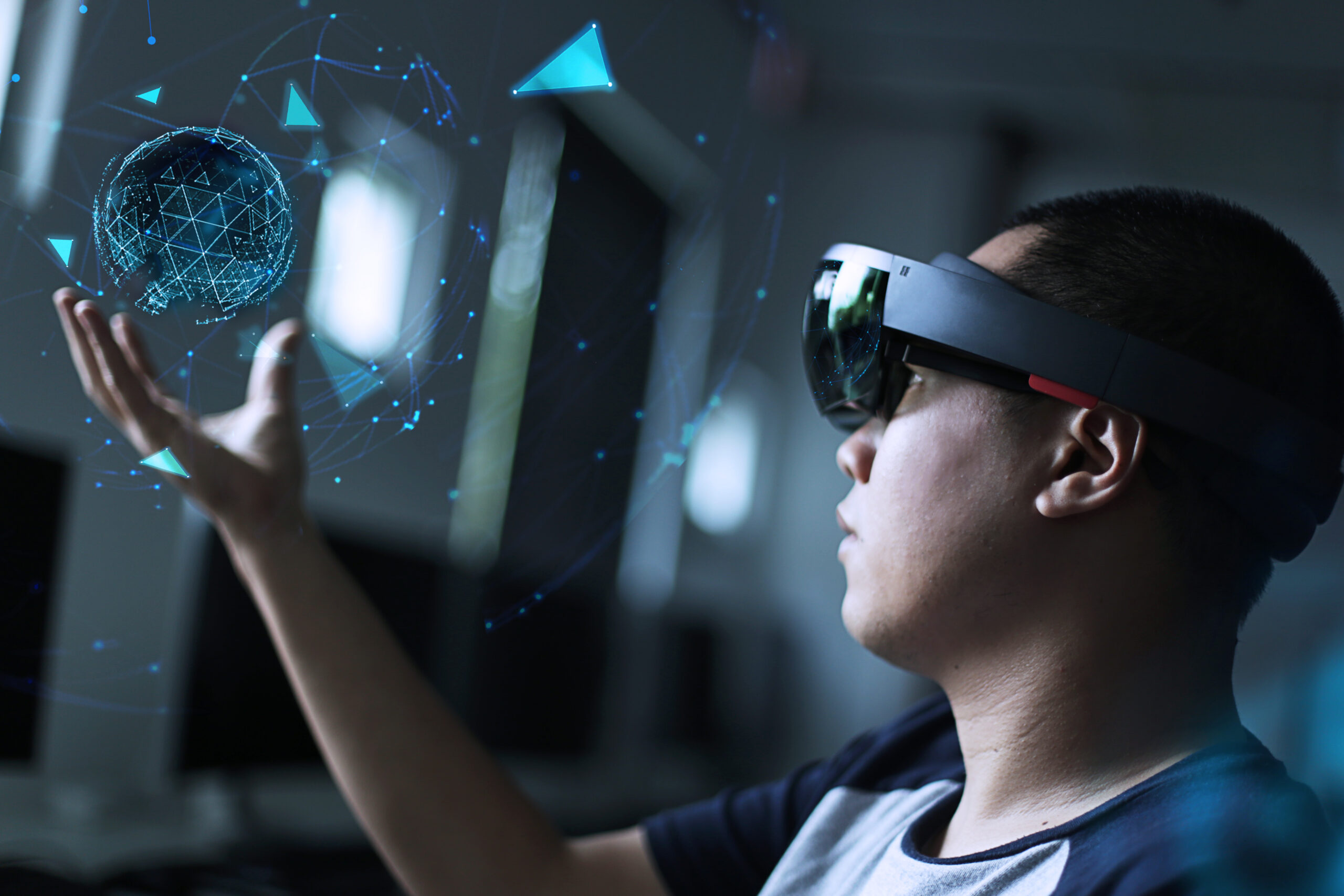
What is the Microsoft HoloLens?
The HoloLens is Microsoft’s mixed-reality headset that uses a transparent visorto display 3D images on top of the real world. Microsoft calls these imaginary constructs hologram, because that’s what they look like. These three-dimensional objects can be viewed from any angle and the user can interact with them. HoloLens is essentially a wearable computer. The headset includes a built-in Windows 10 computer and lenses that act as the display, so there is no need to connect a HoloLens to a computer for it to work
Partnership with Microsoft
Roy Kamphuis, Managing Director and Founder at Recreate Solutions
What’s new with HoloLens 2?
We have identified three major changes Microsoft has made to improve the HoloLens experience.
First, the updated HoloLens has been redesigned significantly for maximum comfort, with a lighter design, and a better-fitting headset to make it more comfortable to wear. The weight of the Hololens 2 has been drastically reduced and if you’ve tried the Hololens 1 you know this is an important improvement. The visor of the Hololens 2 can now flip up when you are not using the device.
The second big change done by Microsoft is a redesign of the headset to make it faster and improve the ease of use. The first generation of Hololens had a small area of view. Fortunately, Microsoft has taken user complaints when making the “screen” of the Hololens almost 2 times bigger than the previous headset. Together with the new eye-tracking capabilities, the new Hololens no longer require the users to move their heads as often. Besides a better view, new hand tracking features are more intuitive in the new Hololens.
Microsoft is also focusing heavily on making out-of-the-box functionality available. The Hololens 1 was more of a platform on which customers and partners could develop functionality. With the new HoloLens want to improve the ROI by delivering standard Solutions like Remote Assist and Training/Task Guiding
The potential of the Hololens 2
The first-generation Hololens already had a wide range of use cases, but due to some technical limitations like weight and view, the full potential was never reached. With the Hololens 2, the biggest limitations have been solved by Microsoft, so the potential benefits are broader than before.
I don’t think that in the upcoming years we will see people down the street wearing a HoloLens, but I think it will revolutionize the way big enterprises solve complex Field Service processes. With the new collaboration tools like Remote Assist and the out-of-the-box apps, Microsoft will deliver continued improvements as the adoption rate increases. Combining this with better technical specs, the Hololens promises to be a major gamer changer.

